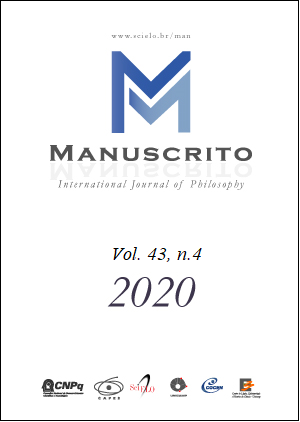Abstract
The goal of this brief note is to offer a generalisation of Gómez-Torrente argumentative strategy against perspectivism, which he has developed as a defence of color realism in (2016) and (2019) and then apply it to evaluative language. In particular, I want to defend the thesis that at least some aesthetic predicates can have non-evaluative reference. As an example, I will work with the predicate “tasty” (and its antonym “disgusting”) to argue that it some times refers to a non-subjective non-evaluative property, flavour, which is more fundamental that the relational property of being tasty to someone. In other words, some times, when we say of something that it is tasty, we are not saying how it tastes to us or whether we like it, but just how it tastes period.
References
Ezcurdia, Maite (2014) Los indéxicos y la semántica de Kaplan, Ciudad de México: Instituto de Investigaciones Filosóficas, UNAM.
Gómez-Torrente, Mario (2019) Roads to Reference. An Essay on Reference Fixing in Natural Language, Oxford University Press, Oxford.
_____ (2016) “Perceptual Variation, Color Language, and Reference Fixing. An Objectivist Account”, Noûs, vol. 50 (no. 1), pp. 3-40.

This work is licensed under a Creative Commons Attribution 4.0 International License.
Copyright (c) 2020 Manuscrito: Revista Internacional de Filosofia


